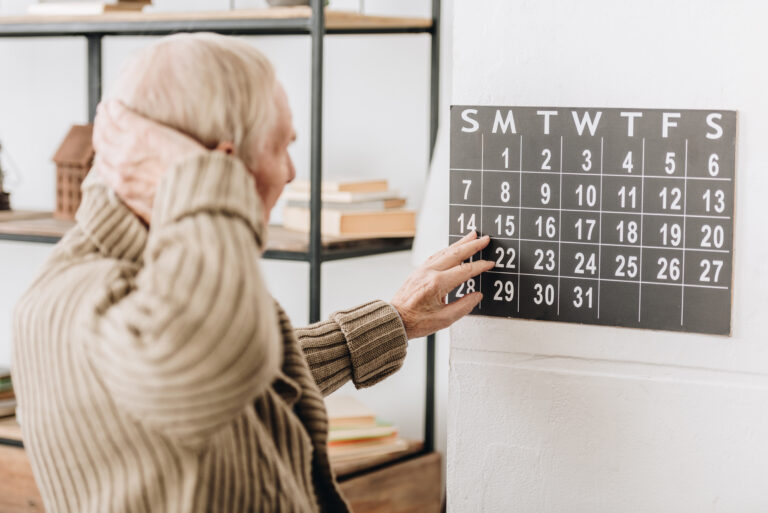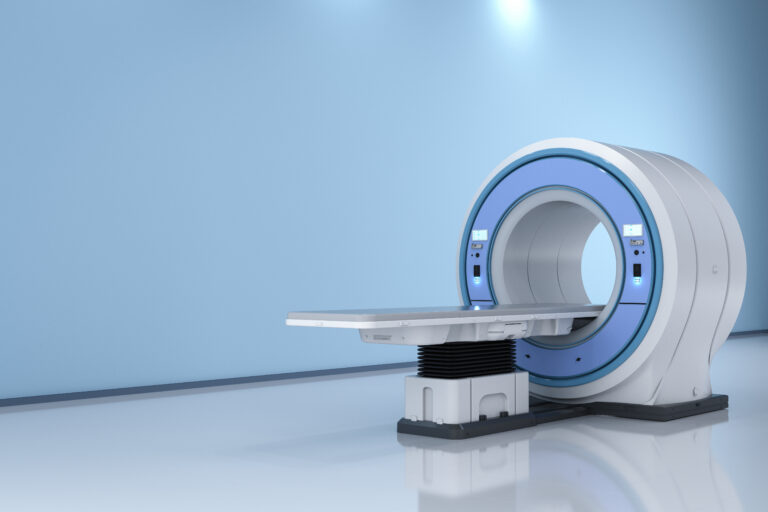## What Is a Weighted Vest?
A weighted vest is a piece of fitness gear you wear over your torso, filled with small weights. It adds extra load to your body while you move, making everyday activities—like walking—feel more challenging. The idea is simple: your body has to work harder, so you get more out of your workout without changing your routine too much[1][3].
## Why Do People Use Weighted Vests While Walking?
People use weighted vests for several reasons. Some want to burn more calories, others hope to build strength or improve bone health, and some just enjoy the extra challenge. The practice is sometimes called “rucking,” especially when done for fitness or military training[1].
## Benefits of Walking with a Weighted Vest
**Increased Calorie Burn**
Walking with a weighted vest forces your body to use more energy. Research suggests you can burn up to 40% more calories compared to walking without extra weight, depending on how much weight you add and how long you wear it[1]. One study found that adults with obesity who wore weighted vests for eight hours a day lost an extra three pounds of fat over three weeks, while keeping their muscle mass[1]. However, most people don’t wear a vest for that long—usually just during a walk or workout.
**Cardiovascular Health**
Adding weight increases your heart rate and oxygen consumption, which can improve cardiovascular fitness over time[2][4]. Your heart and lungs have to work harder, which can lead to better endurance and circulation[6]. This effect is similar to walking faster or uphill, but you can keep your usual pace.
**Muscle Strength and Endurance**
Carrying extra weight engages more muscles, especially in your legs, core, and back. Over time, this can lead to increased muscle strength and endurance[6]. It’s a form of resistance training that doesn’t require weights or machines.
**Posture and Core Stability**
A weighted vest can help improve your posture by encouraging you to stand up straight to support the extra load. This can strengthen your core muscles, which are important for balance and preventing back pain[4][6].
## What Does the Science Say About Bone Health?
There’s a lot of talk online about weighted vests helping to build or preserve bone density, especially for people at risk of osteoporosis. However, the evidence is mixed.
**Impact Matters**
One famous study led by Christine Snow showed that postmenopausal women who wore weighted vests while doing high-impact jumping exercises three times a week preserved their hip bone density, while a control group lost bone mass[5]. But the key detail is that the women weren’t just walking—they were jumping, which puts much more stress on bones than walking. The impact, not just the weight, seems to be crucial for bone health[5].
**Walking Alone May Not Be Enough**
Small studies comparing people who walked with and without weighted vests found no significant difference in bone health from walking alone[2]. Weightlifting and other high-impact exercises are generally more effective for building bone strength than walking with extra weight[2]. Some experts say it’s possible future research could show benefits, but for now, the evidence isn’t strong enough to recommend weighted vests solely for bone health[2][3].
**Special Cases**
For people with osteopenia or osteoporosis, some healthcare providers may suggest weighted vests as part of a broader exercise plan, but this should always be done under professional guidance[3]. The extra load might help, but it’s not a substitute for other proven bone-strengthening activities.
## Potential Risks and Who Should Avoid Weighted Vests
**Joint and Back Stress**
Wearing too much weight or using poor form can strain your knees, hips, back, or ankles, leading to tendon or ligament issues or even stress fractures[1][8]. It’s important to start with a light vest and gradually increase the weight as your body adapts.
**Not for Everyone**
Weighted vests aren’t recommended for people with low back pain, joint instability, significant muscle tightness, or those who are pregnant[8]. If you have any medical conditions or concerns, talk to your doctor before trying a weighted vest.
**Overuse and Injury**
Using a weighted vest too often or for too long can increase your risk of overuse injuries. It’s best to use them a few times a week and focus on low-impact, controlled movements[8].
## How to Use a Weighted Vest Safely
– **Start Light:** Begin with a vest that’s 5–10% of your body weight. You can gradually increase the load as you get stronger[7].
– **Focus on Form:** Keep good posture and avoid leaning forward. Walk naturally, without changing your gait too much.
– **Limit Duration:** Use the vest for part of your walk, not the whole time, especially when you’re starting out.
– **Listen to Your Body:** If you feel pain (not just muscle fatigue), stop using the vest and consult a healthcare professional.
– **Combine with Other Exercises:** For best results, use the vest as part of a varied fitness routine that includes strength training and high-impact activities if appropriate for your health.
## Weighted Vests for Weight Loss
Walking with a weighted vest can help you burn more calories, which may support weight loss when combined with a healthy diet[1][6]. However, the effect is modest—you might burn about 12% more calories if the vest is 15% of your body weight[7]. For most people, regular moderate exercise (like brisk walking) is enough to improve health and manage weight[4].
## Do You Need a Weighted Vest?
A weighted vest is not essential for good health. Walking regularly, with or without extra weight, has proven benefits for physical and mental health[3]. If you enjoy the challenge and don’t have any medical reasons to avoid it, a weighted vest can be a safe way to add intensity to your walks[2][8]. But if you prefer walking without one, that’s perfectly fine too[2].
## Expert Opinions
Dr. Vijay Jotwani, a sports medicine physician, notes that while weighted vests are popular, the benefits are often overstated online[3]. Roger Fielding, an exercise science researcher, says that if a weighted vest motivates you to be more active, it’s worth trying—but the risks of not exercising at all are much greater than the risks of using a vest sensibly[2].
## Final Thoughts
Weighted vests can make walking more challenging and may help you burn extra calories, build a bit more strength, and improve cardiovascular fitness[1][4][6]. However, they are not a magic solution for bone health or weight loss, and they come with some risks if used improperly[1][2][8]. Always start light, focus on good form, and consult a healthcare provider if you have any medical concerns. Most importantly, find a type of exercise you enjoy and can stick with—that’s the real key to long-term health.





